Through Migrating Atlassian Applications to the Cloud to Greater Flexibility, Scalability and Security

migrated products (Jira & Confluence)
Confluence spaces migrated
Jira projects migrated
Jira projects transferred to Jira Service Management
Atlassian is an Australian company that develops popular project management tools that simplify work for teams of all kinds – but most often for development ones. Effective from February 2, 2021, it stopped issuing server licenses for its products. On February 15, 2024, it’s going to stop supporting server products altogether.
It is switching to a modern cloud solution. Anyone who wants to continue to use Atlassian products must make a decision – either move to the robust Data Center version (suitable for larger clients) or migrate to the cloud.
Challenge
Improving data security and efficiency of internal and external processes
INVENTI is an official partner of Atlassian and shortly after they announced their gradual move to the cloud, we started planning the migration. Since protecting our own and client data is our top priority, the main motivation for us was higher data security.
However, more reasons led us to the decision to migrate as soon as possible. This solution also reduces costs and dramatically increases the speed of systems in the cloud. In addition to that, we would have to proceed with the migration soon anyway, and didn’t want to waste time and be left behind compared to other companies. The successful execution of our own migration confirms our commitment to respond flexibly to any changes, within the expectations and needs of our clients included.
Through the migration, we also wanted to achieve greater efficiency in internal and external processes.
Solution
Quality preparation and fast execution
Analysis and planning
First of all, we created a detailed project plan. We defined the periods and phases for the migration of each application. We had to consider their connection to the billing system and various integrations. Thanks to this approach, we then did not have to interrupt our activities within providing services to our clients.
During the planning phase, we discovered that some plugins were not available in the cloud version. We had to look for an alternative solution.
Execution
During the migration, we encountered an obstacle in mapping to external systems that were integrated in the server version of Atlassian. We therefore customized these integrations to ensure compatibility with the new environment.
We also had to set up reporting dashboards in Jira manually. We needed to adapt them to the new interface and take advantage of the new functionality available in the cloud version. This process also involved fixing the links between Jira and Confluence.
As this is a new system, we had to train everyone who needs to work with it. Support was provided by our in-house consultants and administrators for configuring Atlassian products.
Last but not least, we migrated our service projects to the Jira Service Management platform. It offers complete support for service projects and provides a client portal that allows easy reporting of errors and requests. Migration to this platform is currently not possible automatically, so we thoroughly analyzed the processes and customer needs and created new projects manually. That also included manual import of the original data.
Result
Flexible, scalable and secure solution
A project of this nature is never short of challenges. However, thanks to early analysis and planning, we overcame them – and the result brought the desired outcome. What were the main benefits the migration unlocked?
- Flexibility and scalability – thanks to the cloud version, we could easily adapt the Atlassian environment to growing needs and scale the infrastructure according to current projects and client requirements.
-
Easy management and updates – the migration has shifted responsibility for infrastructure management to the service provider. Therefore, we have gained the capacity to improve services for our customers.
-
Improved collaboration and information sharing – the integration between Jira and Confluence in the cloud has brought improved opportunities for collaboration and information sharing across teams.
-
Enhanced security and backup – the cloud solution provides a higher level of security, including data encryption and regular backups. This is completely in line with our TISAX security certification.
-
Jira Service Management benefits – this platform has provided us with a centralized client portal for reporting and tracking issues. With ITIL processes, we have the ability to provide quality services, and client queries have become more transparent.
The gradual three-month migration has given us a stronger position in the market and the opportunity to improve the quality of the services we offer. The modern cloud solution we are now working with meets current client requirements and meets the standards in the field of data security.
Let's create something amazing
You will be surprised what we can create together.





